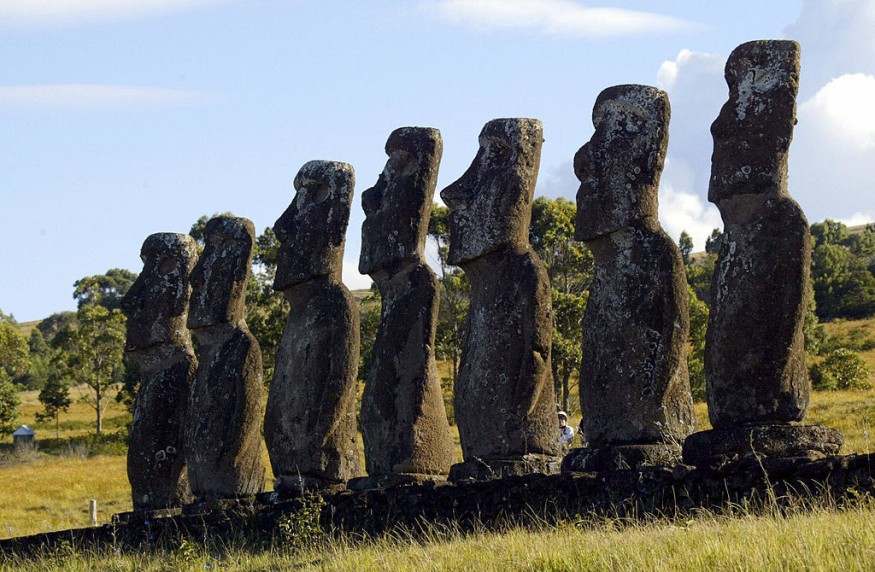
A new moai statue, which is iconic to Easter Island, has been spotted in a dry lake in a volcanic crater of a Chilean Easter Island volcanic crater.
New Moai Statue Found
CBS News reports that the Ma'u Henua Indigenous community mentioned in a statement that the Moai has remarkable potential for natural and scientific study. The discovery is unique because it was the first to be found inside a lake at the crater of the Rano Raraku volcano.
The moai was spotted on February 21 by a scientific volunteer team from three universities in Chile. They worked together on a project to restore the marshland inside the Rano Raraku volcanic crater.
According to Yahoo, the lake inside the crater started drying up in 2018. This was reported by Ninoska Avareipua Huki Cuadros, who serves as the director of the Ma'u Henua community, which manages Rapa Nui National Park, where the volcano is also situated.
Huki mentions that what is interesting is that in the last two or three centuries, the lake had a depth of three meters. This meant that no humans could have left any moais within it during such times.
Iconic Moais
These century-old statues, dubbed moai, are part of a Polynesian custom to bring honor to their ancestors. According to archaeologist Terry Hunt from the University of Arizona, no moai was previously found in a dry bed or in an area that used to be a lake.
The statues have unique long faces, and they do not have any legs. Several of them were caused by volcanic ash. Many statues can also be spotted close to freshwater areas on the island.
According to Good Morning America, there are close to a thousand moai across Easter Island that are made of volcanic tuff. The tallest one on Easter Island has a height of 33 feet. The statues also have an average weight of three to five tons, but they could go as heavy as 80 tons.
These unique statues are vital because they symbolize the Rapa Nui people's history. Moreover, they are globally iconic and represent the island's rich archaeological heritage.
The newly found moai is smaller compared to others that can be found on the island. Nevertheless, the discovery within the dry lake is remarkably significant in the field of archaeology.
Huki mentions that there are no plans to remove the Moai from its present location. She further adds that the Rapa Nui community needs to be consulted regarding what they would do with the Moai. The oldest individuals want the statue to stay there.
The Rano Raraku volcano, as well as its moai, is considered a UNESCO World Heritage Site.
RELATED ARTICLE : Ivindo National Park Becomes Second UNESCO World Heritage Site in Gabon, Securing International Support for Conservation
Check out more news and information on Archaeology in Science Times.












